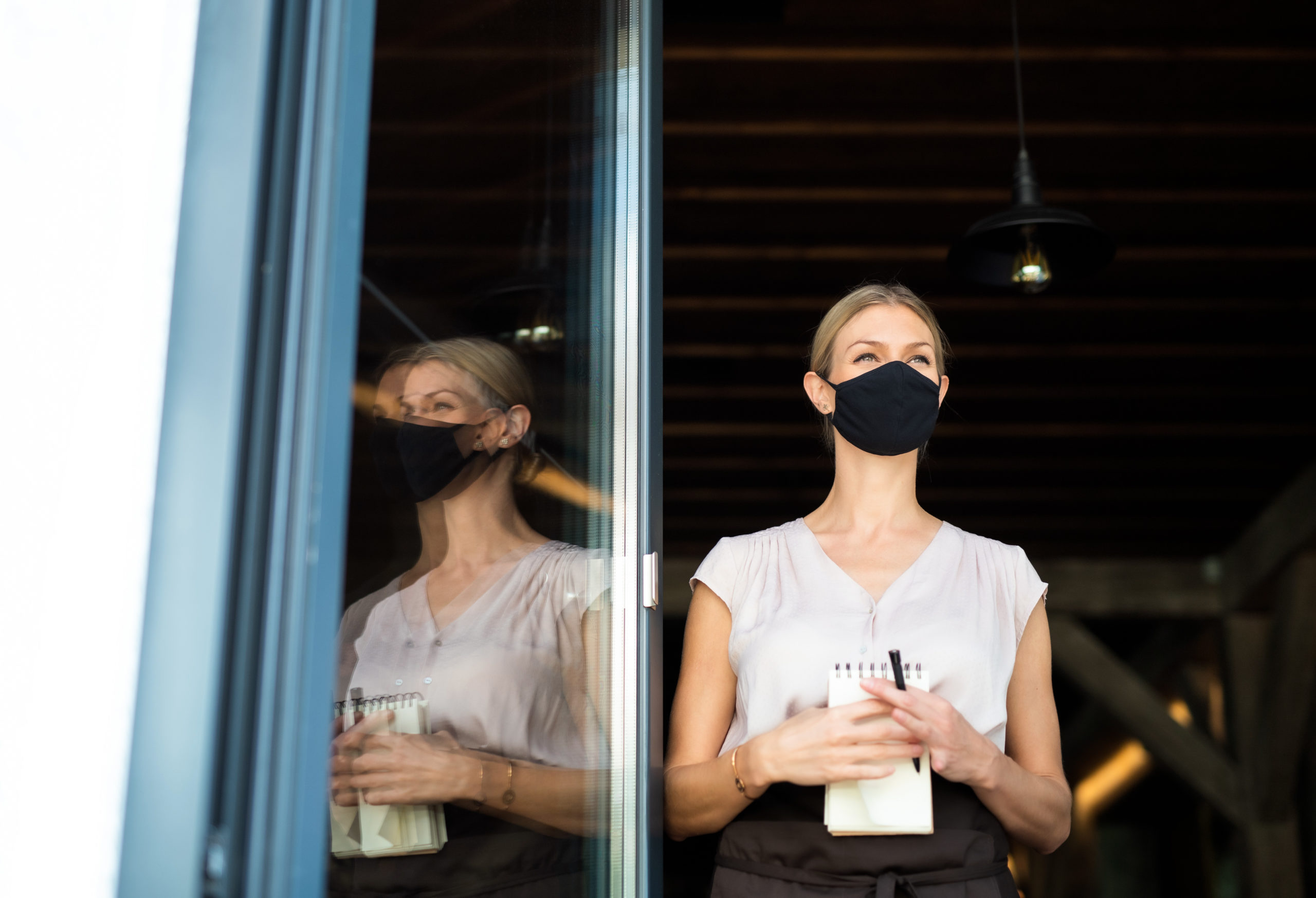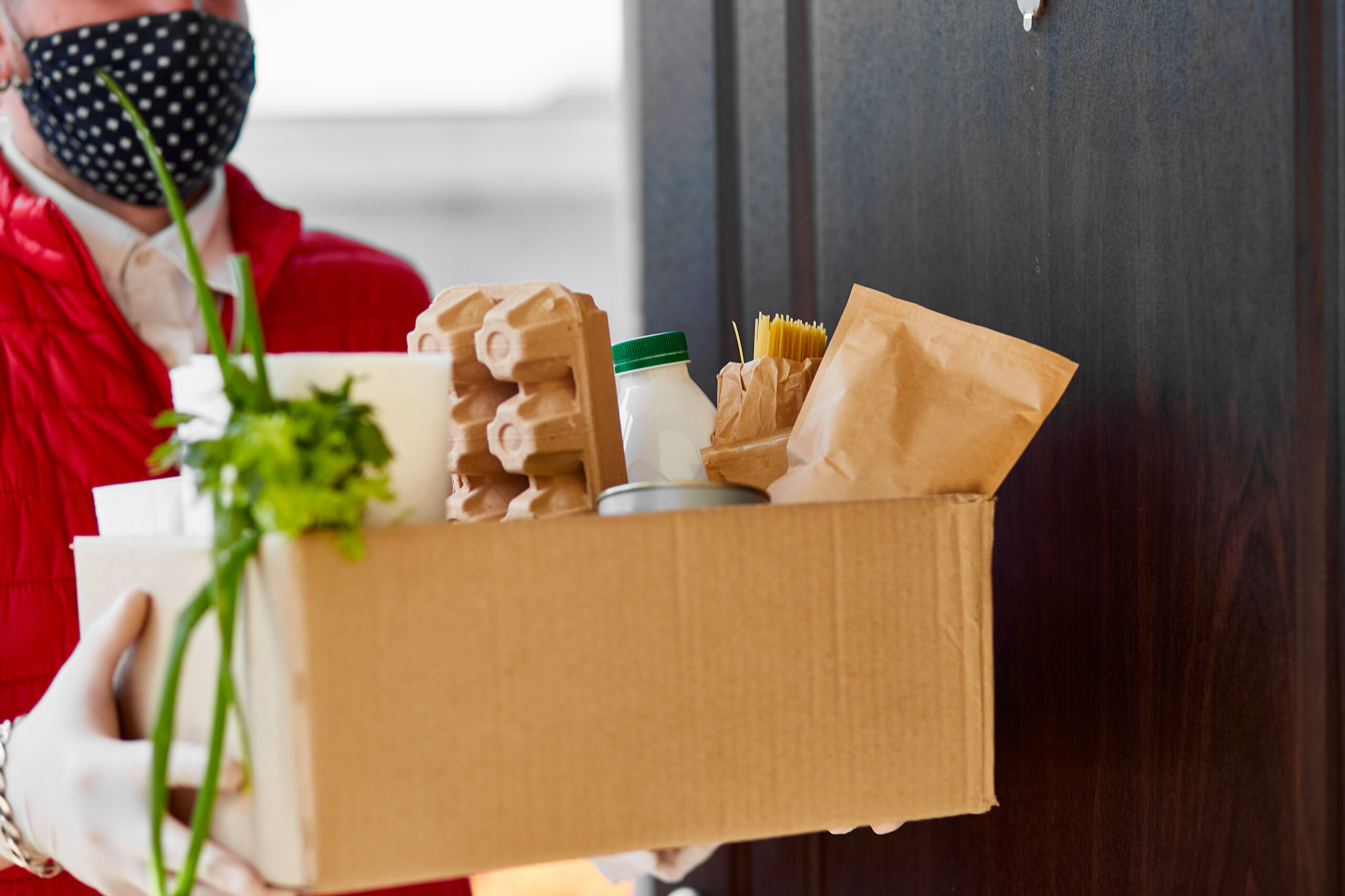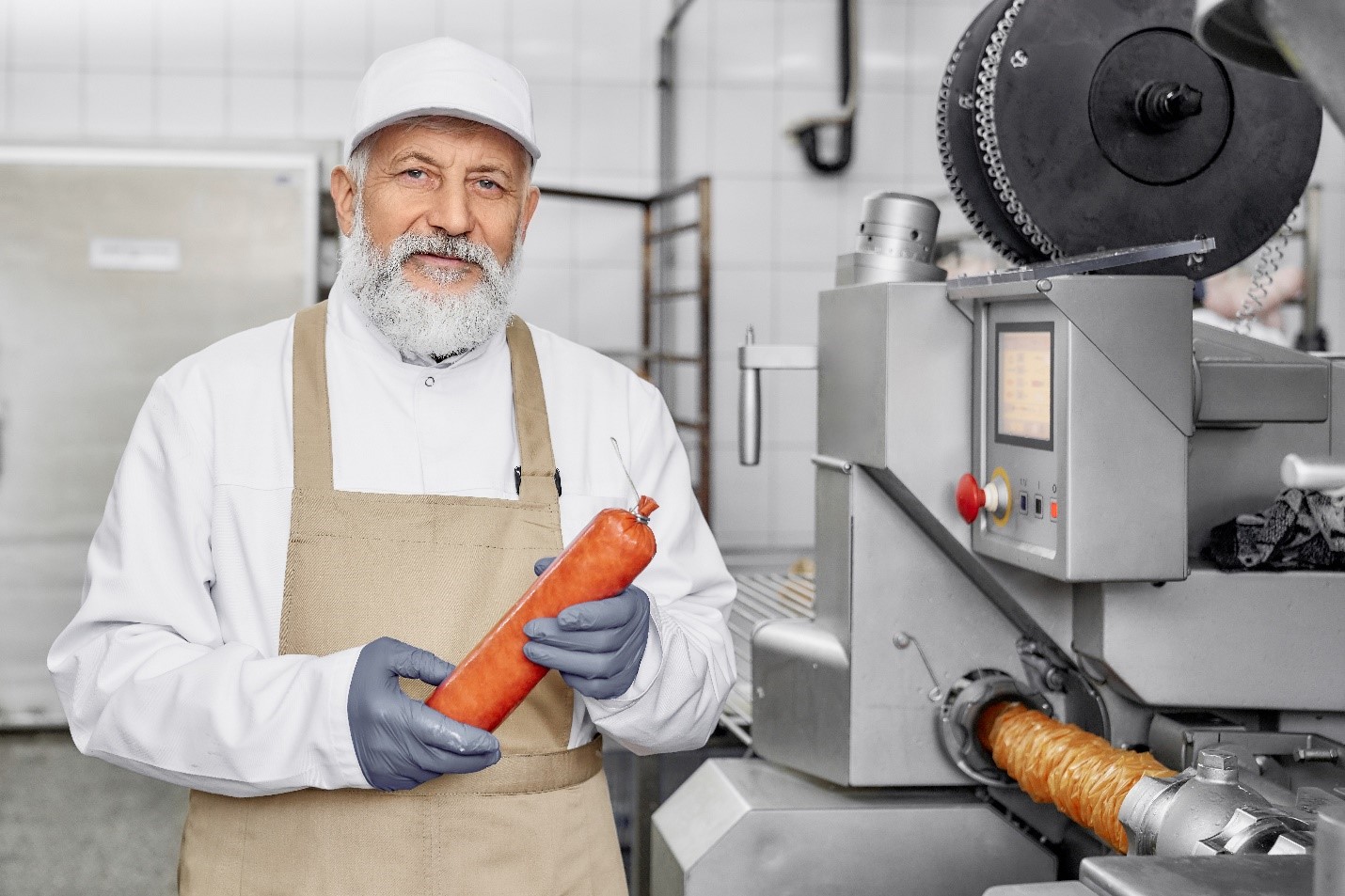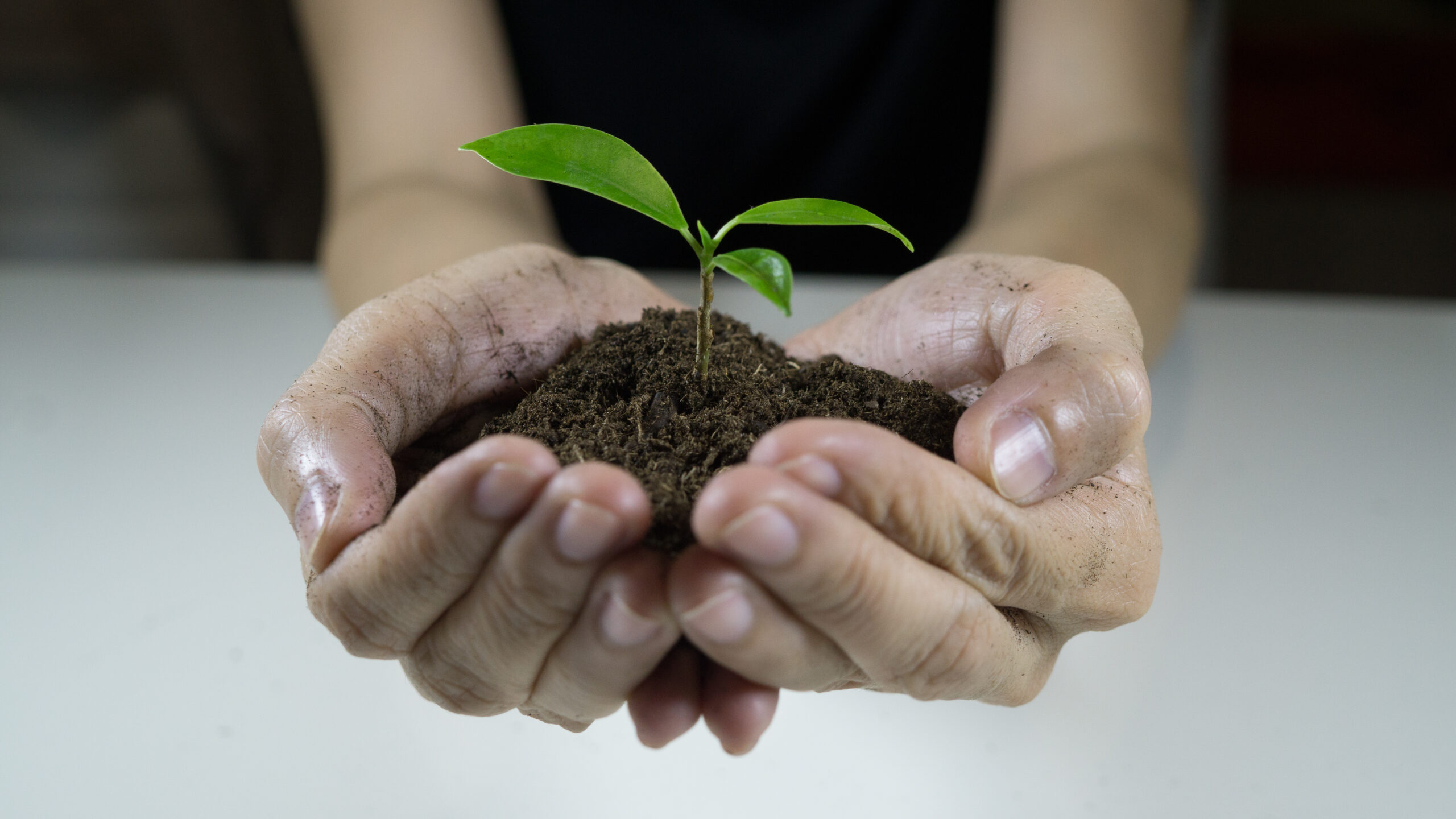The United States Department of Agriculture (USDA) recently announced it will continue its Farmers to Families Food Box program which has already donated more than 100 million food boxes to Americans in response to the COVID-19 pandemic. As part of the fifth round of donations, the USDA pledged to purchase and distribute another $1.5 billion worth of healthy, nutritious food.
Since the start of the pandemic in March 2020, food banks across the nation saw supplies dwindling and demand rising. In response, the USDA set up the Coronavirus Food Assistance Program (CFAP) in April 2020 to foster partnerships between food banks and distributors whose workforces were impacted by the closure of hotels, restaurants and other foodservice providers.
Now in its fifth round of funding, the Farmers to Families Food Box program will continue distributing food boxes to Americans in need, especially those in areas where access to fresh food is limited or expensive. But what sets the USDA’s food boxes apart from other food donation programs is the content of its boxes: fresh produce, dairy products, milk, meat and seafood products.
As part of the CFAP, the Farmers to Families Food Box program not only helps relieve the strain on food banks and those who rely on them, but it also helps farmers to reallocate food that would otherwise be left to rot. Until recently, it was unclear whether the program would continue into the new year, sparking fear among food banks. But with positive reviews from distributors, charities and recipients, the program is set to continue into 2021.
Despite some logistical challenges, cutting out the middleman made delivery easier and kept the produce fresher. The program has been especially helpful in states like Alaska, where transportation often stands in the way of fresh food and the growing season is very short. To give perspective, a gallon of milk in certain parts of the state can cost up to $12 and residents are lucky if they can secure foods with longer shelf lives like potatoes.
Between April and December of 2020, the USDA distributed over 110 million food boxes nationwide.
- The first round of funding occurred from May 15 through June 30, 2020, and delivered more than 35.5 million boxes in the first 45 days.
- The second round began July 1 and ran through September 18, 2020, with the USDA donating more than $1.781 billion worth of food.
- By the end of the third round, which took place from September 17 to October 31, 2020, the USDA donated another $3.566 billion worth of food.
- The fourth round saw $463 million worth of food delivered between November 1 and December 31, 2020, sparking fear that resources for the program were deteriorating.
The program’s renewal, along with the extension of the USDA’s free school lunch program through the end of the school year in Colorado, will go a long way in helping American families in need. The USDA’s Agricultural Marketing Service (AMS) website will continue to track and display the number of delivered food boxes across the country.








Join or login to leave a comment
JOIN LOGIN